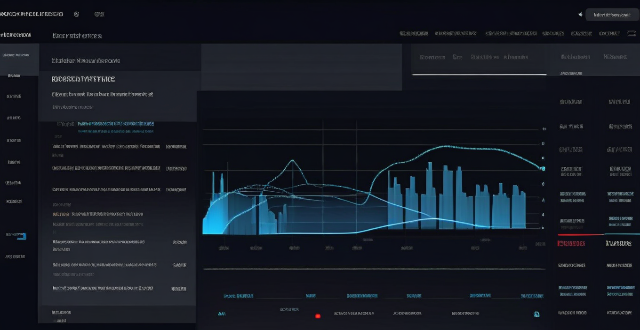A graphics card, also known as a video card or GPU, is responsible for rendering images and videos on a computer. It works in conjunction with the CPU to process and display visual data on a monitor. The process involves inputting data, vertex processing, primitive processing, rasterization, fragment processing, and output display. Overall, a graphics card takes input data, processes it through several stages, and outputs the rendered image to the monitor, allowing users to experience high-quality visuals in various applications and games.

How does a graphics card work?
A graphics card, also known as a video card or GPU (Graphics Processing Unit), is an essential component of a computer that handles the rendering of images and videos. It works in conjunction with the CPU (Central Processing Unit) to process and display visual data on a monitor. Here's a detailed explanation of how a graphics card works:
1. Input Data
The first step in the process is inputting data from various sources such as games, applications, or multimedia files. This data includes information about objects, textures, lighting, and other visual elements.
2. Vertex Processing
Once the input data is received, the graphics card begins the vertex processing stage. During this phase, the GPU calculates the position, color, and texture coordinates of each vertex (corner point) of an object. This helps determine how the object should be displayed on the screen.
3. Primitive Processing
After vertex processing, the graphics card moves on to primitive processing. In this stage, the GPU converts the vertices into geometric shapes called primitives (such as triangles or lines). These primitives form the basic building blocks of more complex objects.
4. Rasterization
Next, the graphics card performs rasterization. This involves determining which pixels on the screen correspond to each primitive. The GPU then calculates the color and depth values for these pixels based on factors like lighting and shading.
5. Fragment Processing
Following rasterization, the graphics card enters the fragment processing stage. Here, the GPU applies additional effects such as texture mapping, blending, and fogging to enhance the appearance of the rendered image. The final colors for each pixel are determined during this phase.
6. Output Display
Finally, the processed image is sent to the monitor for display. The graphics card controls the refresh rate and resolution of the monitor to ensure a smooth and clear visual output.
In summary, a graphics card works by taking input data, processing it through several stages (vertex processing, primitive processing, rasterization, and fragment processing), and finally outputting the rendered image to the monitor. This process allows users to experience high-quality visuals in various applications and games.